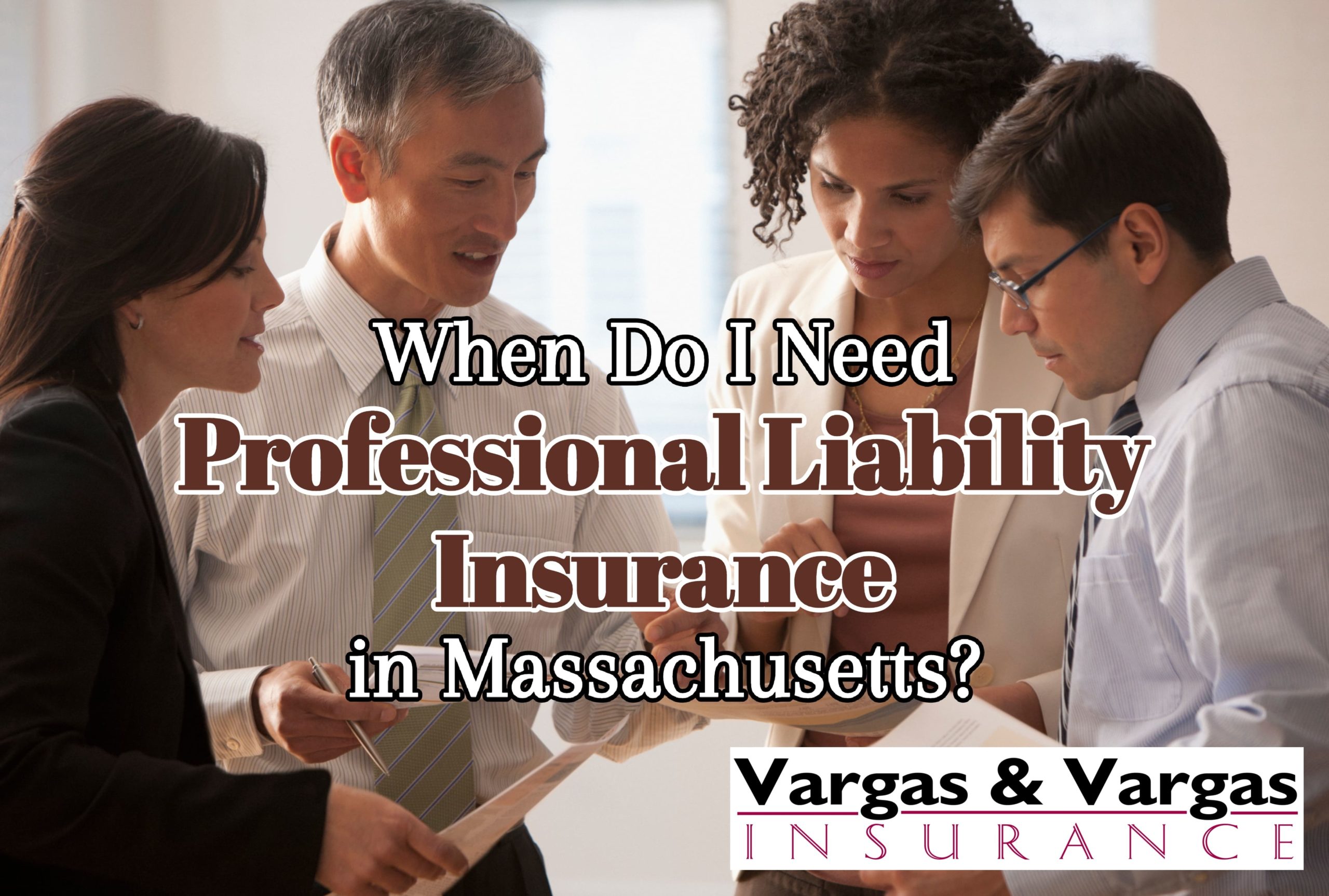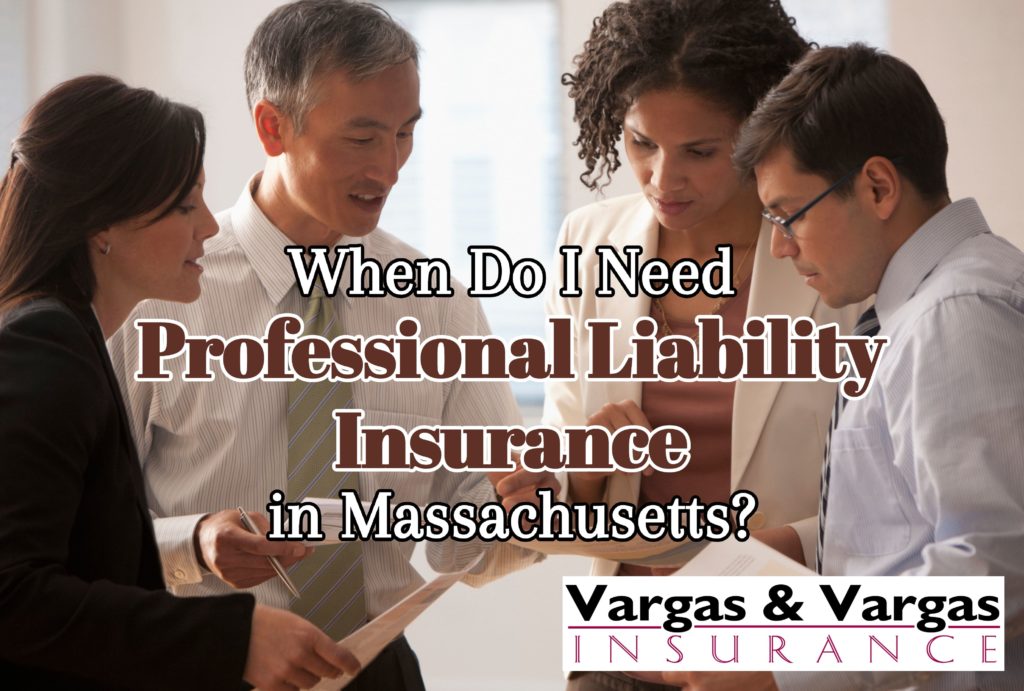Why You Should Buy Flood Insurance for Your Massachusetts Home
Floods happen far more often than most people realize. In the United States, flooding is a factor in 90 percent of natural disasters. Unfortunately, home insurance policies do not cover flood-related losses. That’s a fact that some homeowners only find out after they’ve experienced property loss from a flood. At Vargas & Vargas Insurance, we’re here to help you protect your property before a flood.

Why You Need Flood Insurance in Massachusetts
Although properties on the Massachusetts coast have a higher flood risk, flood insurance isn’t just for people who live there. No matter what part of Massachusetts your house or condo is located in, you need flood insurance.
The National Flood Insurance Program (NFIP) has a popular adage that goes: “Where it can rain, it can flood.” It’s another way of saying every home is at risk of flooding. While your home may have a lower or higher risk than other properties, a home with no risk of a flood doesn’t exist.
In fact, flood insurance claims for properties in low-risk areas are commonplace. FEMA reports more than 1 in 5 NFIP claims are associated with properties that aren’t in the high-risk zones.
If your home is in a high-risk flood plain, you need to know what that risk level means in practical terms. According to the Massachusetts Division of Insurance, that risk level means you have a 26 percent risk of a flood damaging your property over the course of a 30-year mortgage.
Consider the town of Northampton in western Massachusetts. Many years ago, mid-March warming caused winter’s ice and snow to melt so rapidly that the Connecticut River overflowed to the extent that Northampton flooded. Today, Northampton officials are concerned that climate change could cause the town to flood again. Town officials are currently working diligently to prevent a repeat of that historic flooding. Homeowners should protect themselves for the risk of a flood in any season.
How to Get Flood Insurance
If climate change or another weather event brings flooding to your community, it’s important to be prepared. Flood insurance policies typically take 30 days to go into effect. Therefore, now is a good time to contact your local independent insurance agent to discuss your options for flood insurance coverage.
























